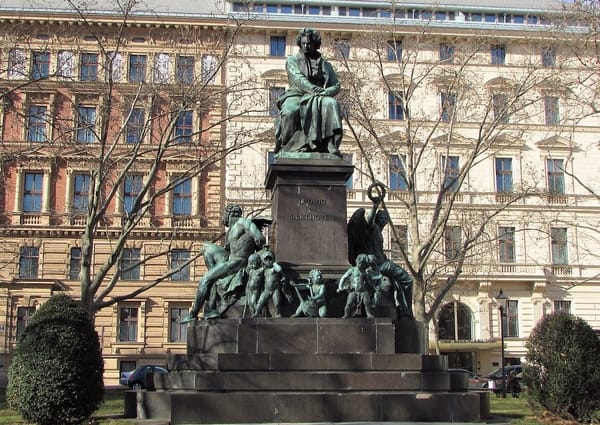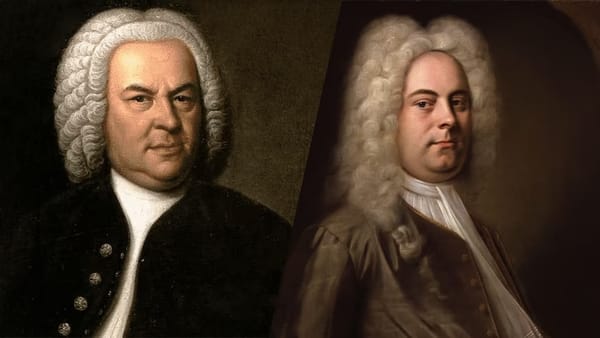Exploring the Sound of the Past and Present: Robert Mimra on the Prepared Piano Project
Robert Mimra discusses his ‘Prepared Piano’ project, blending Baroque influences with contemporary techniques. In this interview, he explores how the prepared piano, harpsichord, and percussion combine to create a unique soundscape for modern art music.
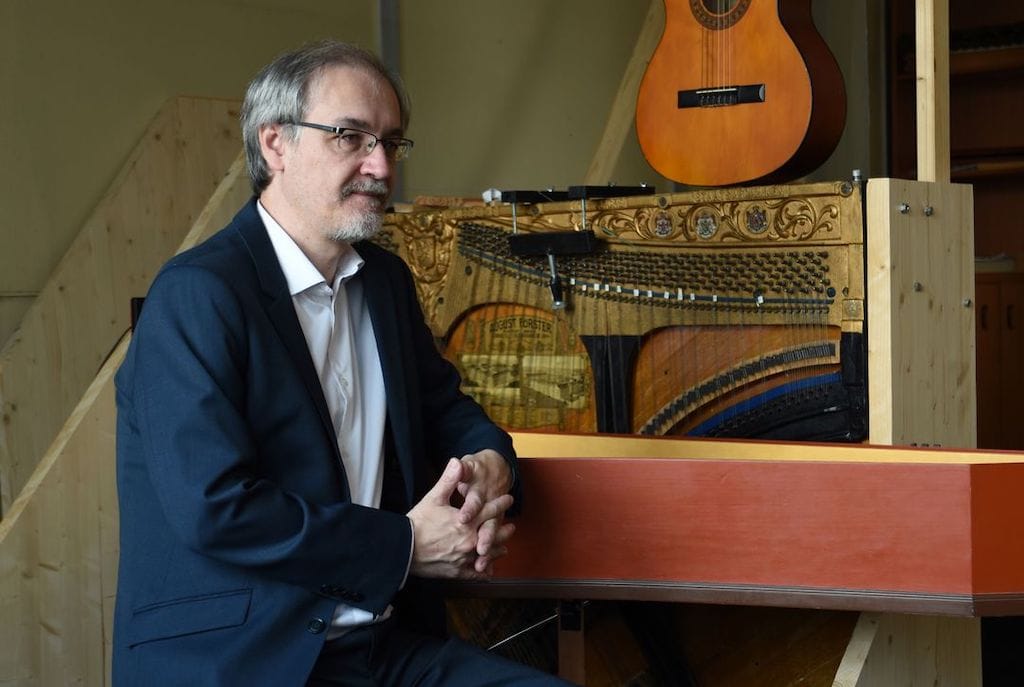
In the realm of contemporary art music, the search for new sounds and innovative ways to interact with traditional instruments has led to the creation of unique and experimental compositions. One such project, The Prepared Piano, aims to bridge the rich acoustic legacy of the past with the experimental techniques of modern music. Led by composer Robert Mimra, the project explores the vast potential of the prepared piano, combining it with the harpsichord, percussion, and voice to create a sound world that pays homage to Baroque music while introducing fresh, contemporary elements. The recent release of three compositions—Three Preludes, Five Songs, and Seven Images—showcases the power of these unconventional instruments and their ability to evoke both historical resonance and modern innovation. In this interview, Robert Mimra shares insights into his creative process, the evolution of the project, and the future of the prepared piano as a tool for pushing the boundaries of sound.
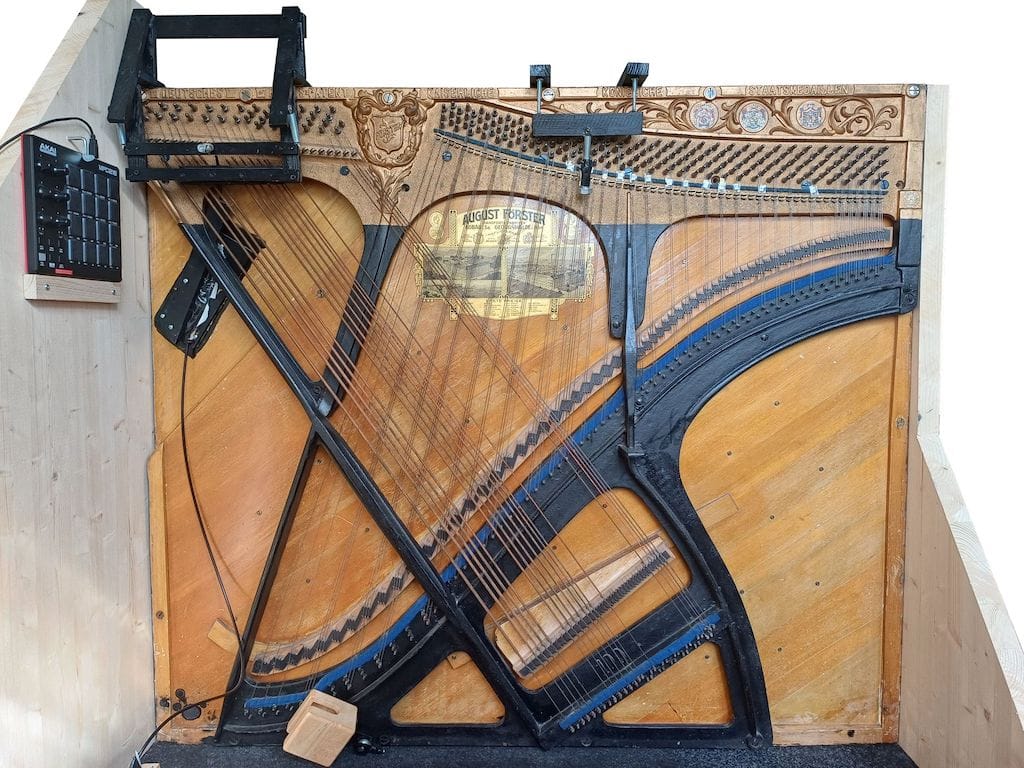
Serenade Team: What inspired you to combine the prepared piano with the harpsichord and percussion in your compositions?
Robert Mimra: I’ve been playing the piano since childhood, and later studied organ and composition. During my time studying harpsichord at an arts academy, I became deeply immersed in Baroque music. I first combined these instruments in my graduation composition, Concerto for Piano, Harpsichord, Organ, and Orchestra. Over time, I developed the concept of a fully prepared piano, which I see as a sonic and tonal extension of the harpsichord.
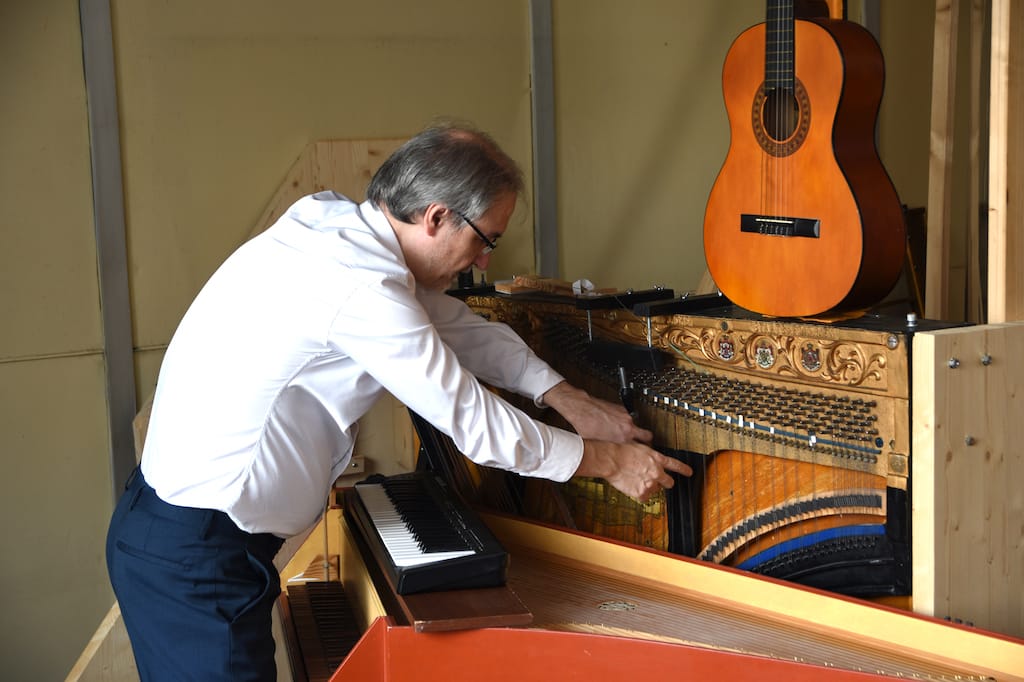
ST: How does the Prepared Piano project reinterpret Baroque elements within a contemporary framework?
RM: The project features six compositions, three of which are directly inspired by Baroque music—particularly its rhythms, musical forms, and the Doctrine of Affections (Affektenlehre). The compositions themselves are entirely contemporary in their language and instrumentation. Three Preludes, for instance, draws inspiration from French non mesuré preludes. In Five Songs, I used lyrics from operas by Vivaldi. The four-movement Suite incorporates rhythmic elements from Baroque dances. We’re planning a performance in collaboration with a female dancer who specializes in both Baroque and contemporary dance. A key bridge between Baroque and contemporary music is also the four levels of piano preparations I’ve developed.
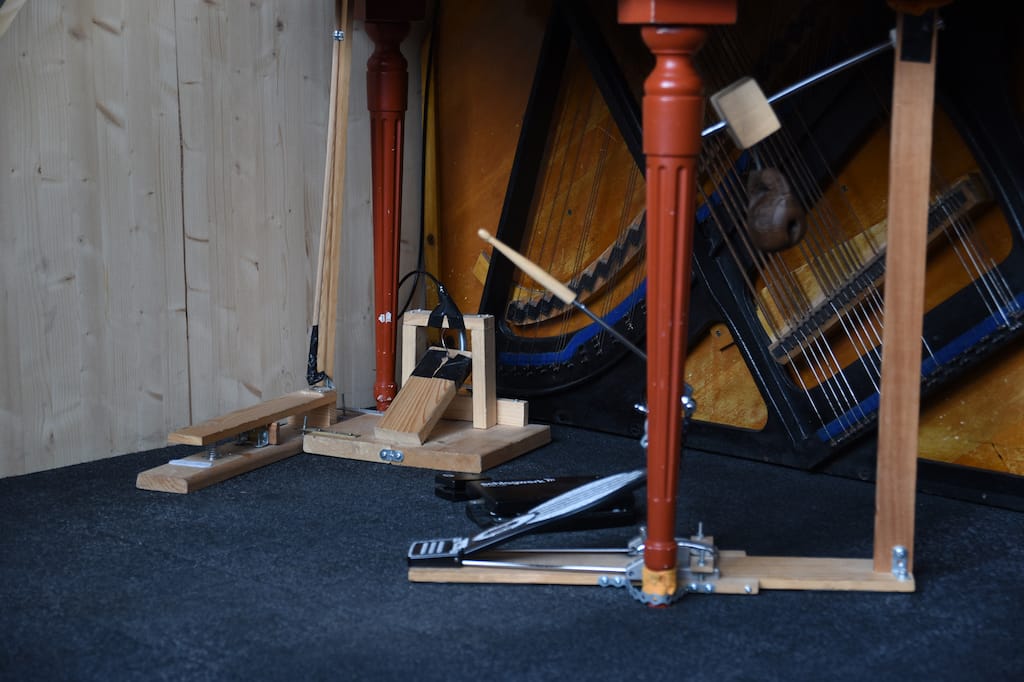
ST: Can you elaborate on the evolution of the four levels of piano preparations in your project?
RM: These four levels mirror my musical development, each representing a distinct phase of growth. The first stage involves a standard piano, using techniques like striking the strings and other "gentle" effects. The second level takes inspiration from John Cage’s instructions for preparing a piano. The third stage introduces my fully prepared piano, where approximately one-third of the strings are modified. This configuration enables much faster pizzicato playing and other effects not achievable on an unprepared piano. The fourth stage, which I’m still developing, is called the Pizzicato Piano. It involves a metal frame from a grand piano, equipped with twelve harp strings. This setup allows not only pizzicato but also bowing, mallet playing, and other techniques.
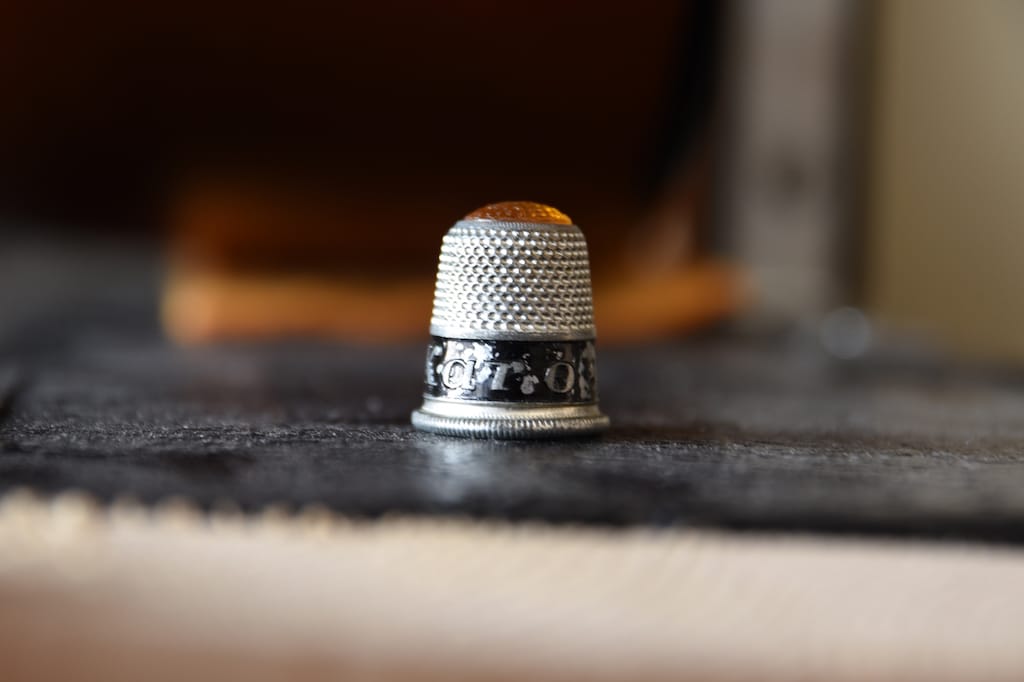
ST: What challenges did you face in adapting traditional instruments like the harpsichord and piano for experimental use?
RM: With the harpsichord, I use techniques like pressing a pedal to play the lowest string, pizzicato, harmonics, and striking the instrument’s body. After a year of practice, I’ve become quite proficient at these methods. The fully prepared piano, however, has been an ongoing challenge for the past three years. It requires multiple pedal controllers, rapid pizzicato techniques, and using a variety of implements like picks and mallets. One particularly challenging feature is a large bolt suspended above an A-flat4 tone, which creates a bell-like resonance. I expect it will take me another two or three years to fully master this instrument with its limited tonal range.
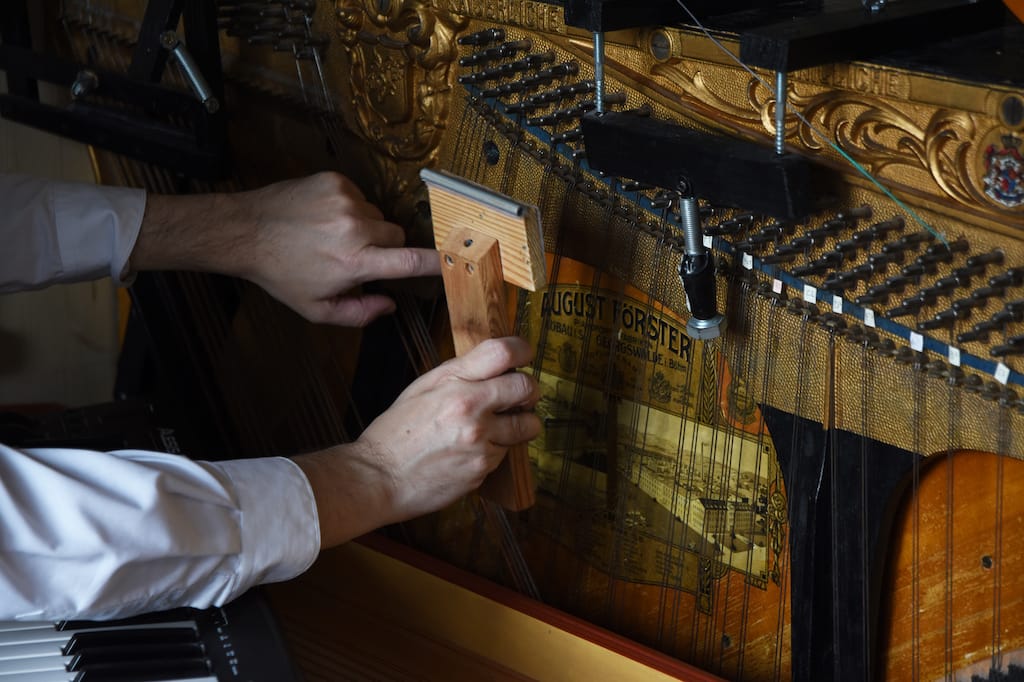
ST: How does the reduced number of strings in the prepared piano affect the possibilities for performance and composition?
RM: This limitation is a significant challenge, even for composers. The harpsichord retains its full chromatic range, with only three notes lacking dampers, but the prepared piano has less than half of its original strings—38 out of 88. For each performance, I can tune the piano slightly differently, but the entire repertoire for a single concert must be adapted to this selection. This constraint often forces me to explore solutions I might not have otherwise considered, such as multi-track performances. The reward, however, is the discovery of entirely new colours, sonic possibilities, and methods for playing both the piano and harpsichord. As both a composer and performer, it’s been an adventurous artistic journey.
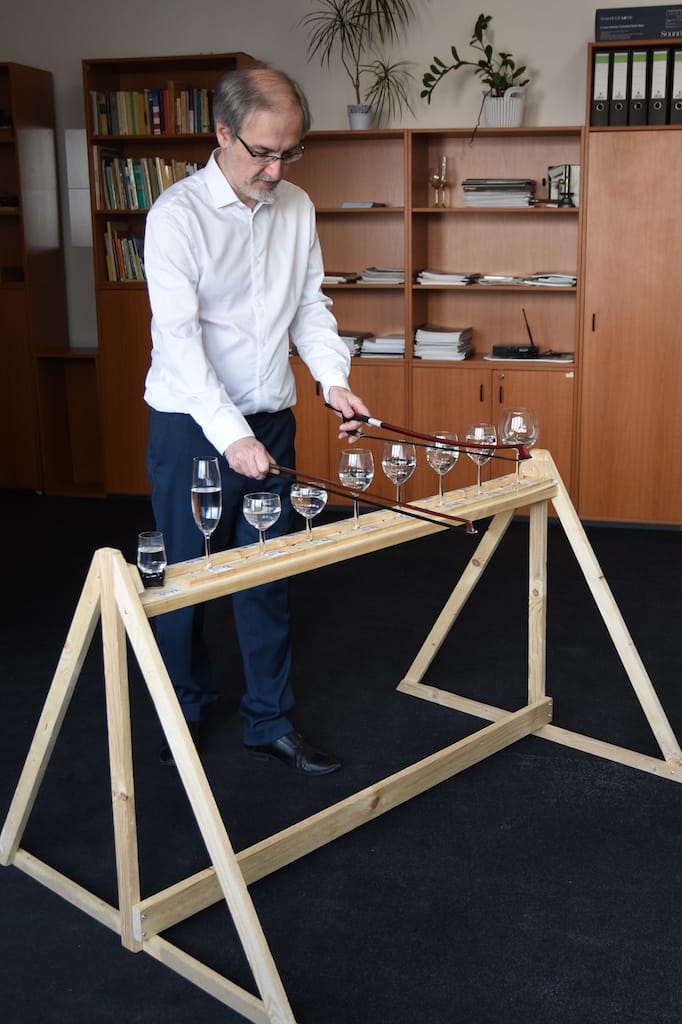
ST: What role does multi-track performance and pre-recorded tracks play in shaping the sound of your compositions?
RM: Multi-track performance and the use of pre-recorded layers are key experimental aspects of my work. In the second prelude, for example, up to nine simultaneous tracks are played, creating a dense, orchestral sound for the harpsichord that departs from the conventional solo format. Multi-track performance also allows me to explore more complex polyrhythms and polymetric structures, which would be difficult to achieve in solo performances. This is a central focus in the third prelude. It’s also exciting to incorporate dynamic techniques inspired by John Cage and subtle effects reminiscent of George Crumb, creating a counterpoint of multi-layered textures.
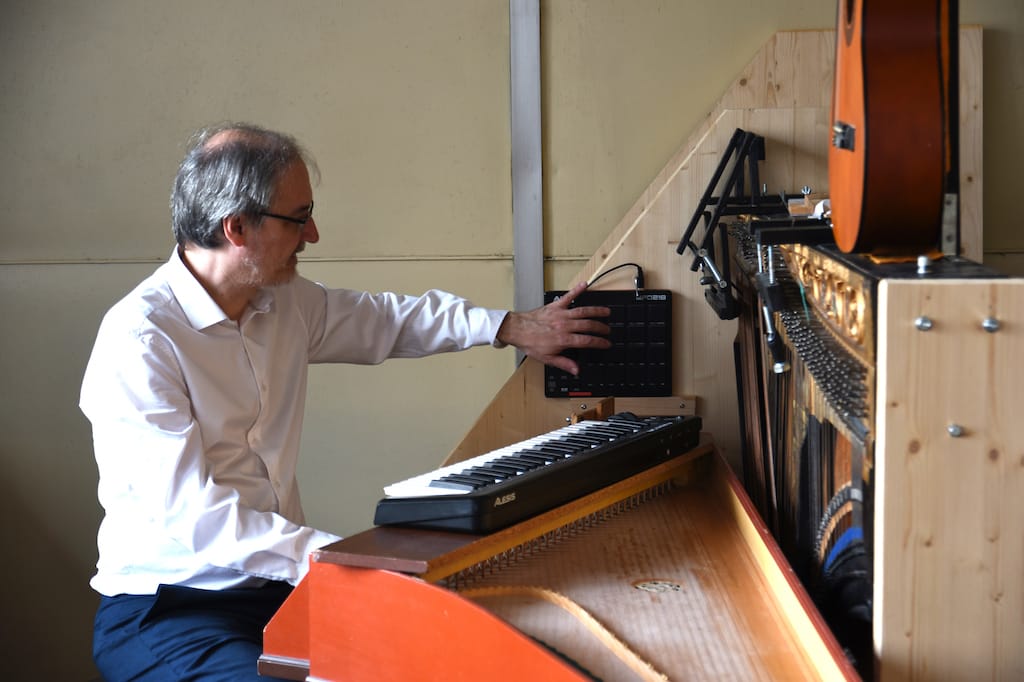
ST: How has the legacy of figures like John Cage and George Crumb influenced your approach to the prepared piano?
RM: John Cage was instrumental in defining the prepared piano in the 20th century, and his influence is undeniable. However, I’ve found myself drawn more to George Crumb’s approach, whose music I first encountered about ten years ago. Crumb’s delicate interaction with piano strings, such as distinguishing between pizzicato played with fingernails or fingertips, really resonates with me. He also employs metal picks and thimbles, as well as vocalizations and humming. I’m particularly inspired by his ability to reference earlier composers, such as when he quotes the slow middle section of Chopin’s Fantasie Impromptu in XI. Dream Images from his Makrokosmos cycle. Crumb’s use of amplification to highlight subtle sounds also informs my own work.
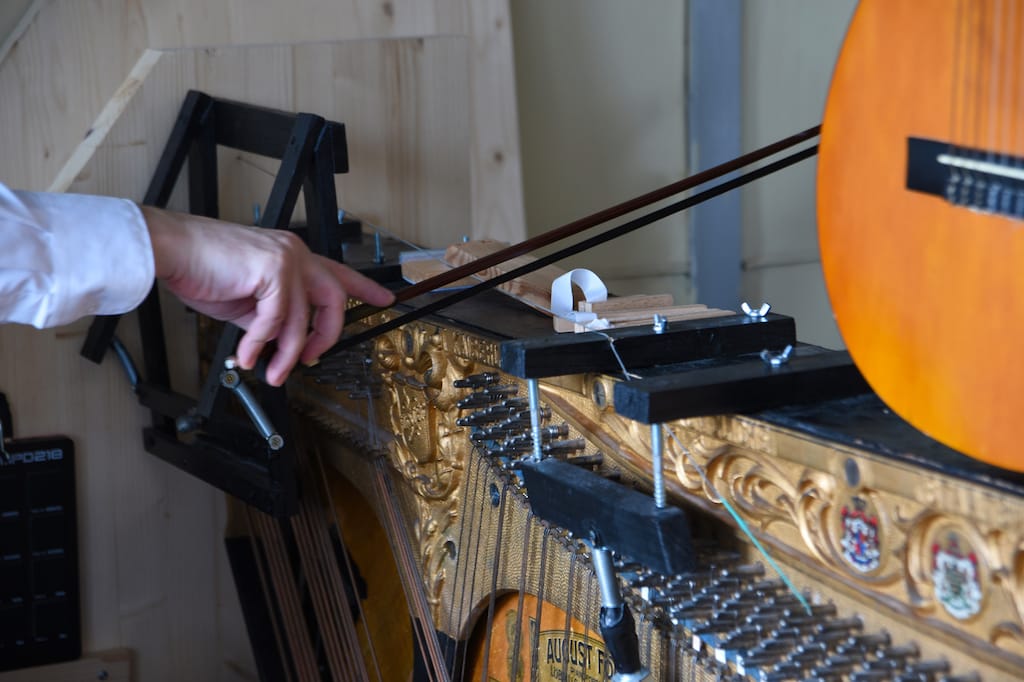
ST: What is your vision for the future of the Prepared Piano project, and how do you see it evolving within the contemporary music landscape?
RM: In the near future, I hope to complete all six compositions in this cycle, which we plan to present at a contemporary music festival in 2026 or later. Collaborating with dancers and visual artists could provide fresh energy and inspiration, leading to new works. By the end of 2025, I also plan to develop a methodology for teaching composition to students aged 6 to 18, tentatively called the Method of Four Worlds. The Prepared Piano project is open to contributions from other composers as well, and I’m excited to see where future collaborations will take it.
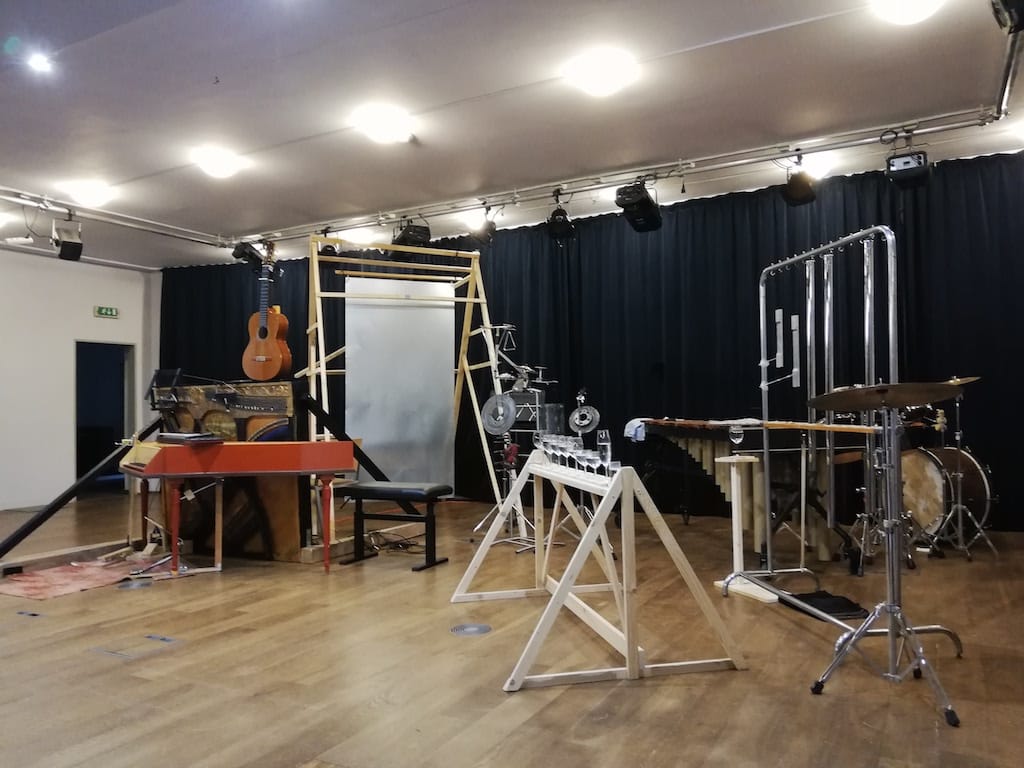
ST: How does the Prepared Piano project engage with modern technology while preserving the acoustic richness of the instruments?
RM: In addition to amplification and multi-tracking, I incorporate electronic sounds from Native Instruments, controlled via MIDI controllers and a MIDI keyboard. In-ear monitors are also essential in more complex sections of the compositions. However, the heart of the Prepared Piano project remains in its acoustic music, subtly enhanced by amplification. Technology helps refine interpretations and makes otherwise inaudible details more perceptible to the audience. My experience with the three completed experimental compositions has reinforced the idea that while technology can be a powerful tool, it’s important not to let it dominate the artistic process.
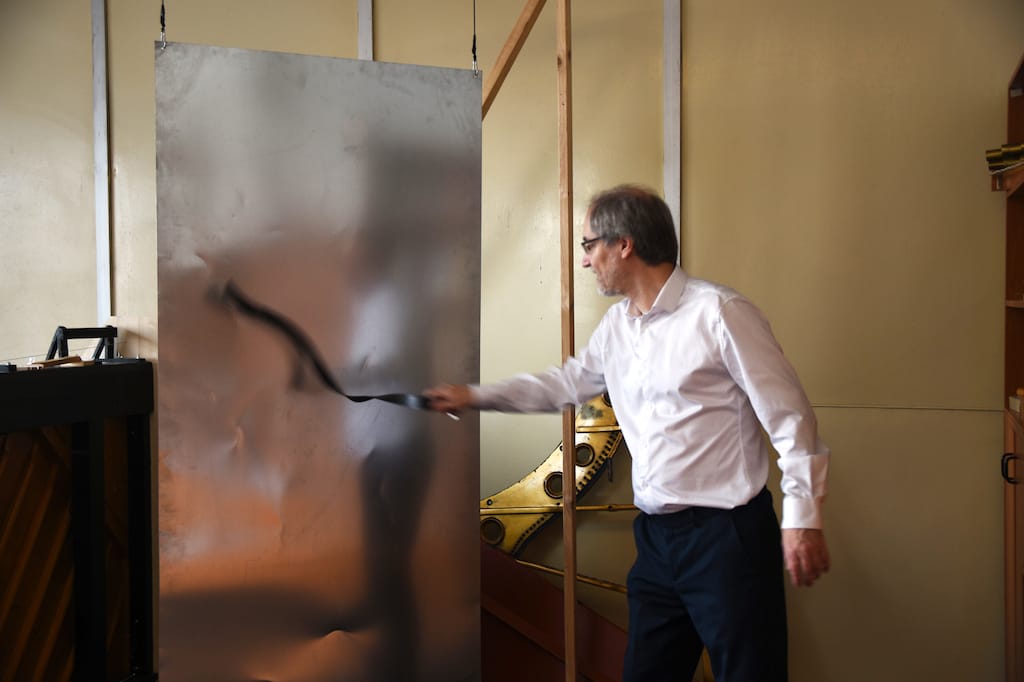
ST: What has been the audience’s reception to the experimental nature of the Prepared Piano project, and how do you hope it will influence contemporary art music?
RM: So far, we have recordings of three out of the six compositions, with Seven Images being the only one performed in concert. The audience for such an experimental project is still developing, but it’s clear that the music’s tonal richness and colourfulness resonate with listeners. For those less familiar with contemporary classical music, the rhythmic structures derived from Baroque music, which provide a regular pulse in some movements, are especially appealing. Ultimately, the audience will decide how successfully these intentions have been realized. You can listen to the compositions here:


